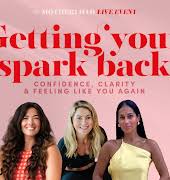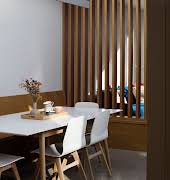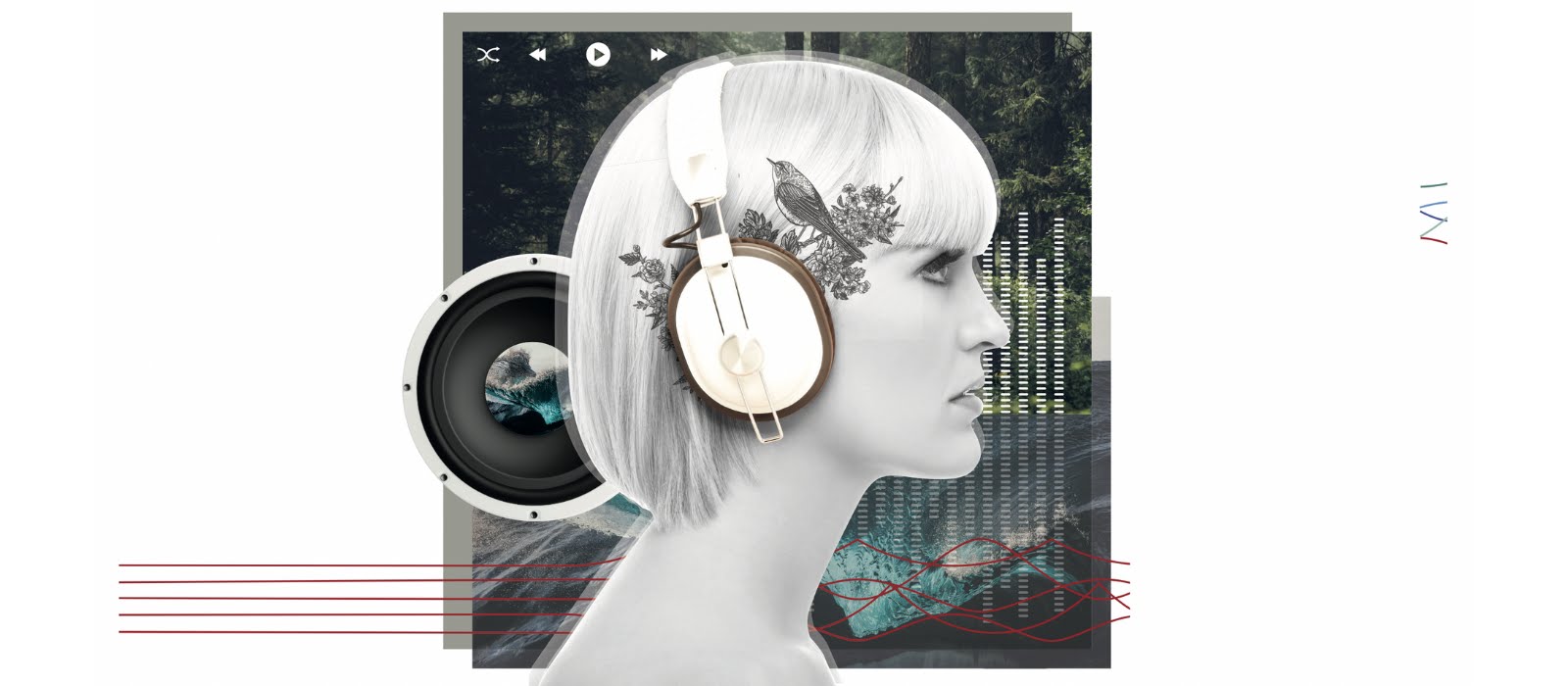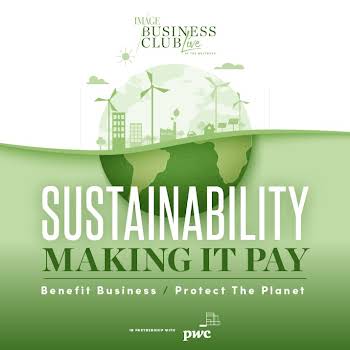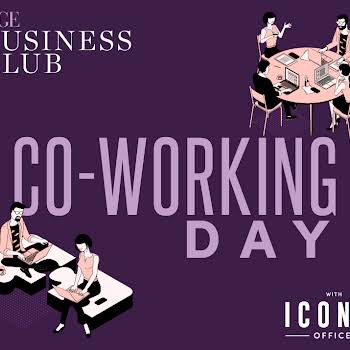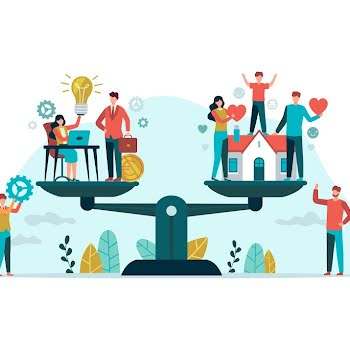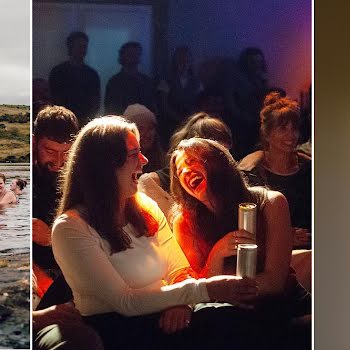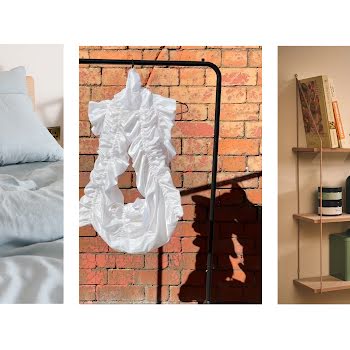How sound can help you get your focus back
What does good work sound like? Nathalie Marquez Courtney discovers how the right “soundscape” can improve your creativity, productivity and focus.

We’re all pretty familiar with how music has the power to motivate and inspire. In a recent interview, Ron Moore, creator of Apple TV’s hit show For All Mankind, says he listened to a specific collection of songs to help him dream up the critically- acclaimed science fiction drama. “I write to these albums all the time,” he told Apple about his hand-picked selection of tracks, available – you guessed it – as an exclusive playlist on Apple Music. “They’re my go-to source of music when I’m trying to concentrate.”
Whether it’s blasting high-energy songs as you work out (studies have shown that tracks with tempos of around 170 beats per minute can boost the cardiovascular benefits of exercise), playing soothing lullabies at toddler bedtime or singing along to 1960s classics while you clean, we’re no strangers to using music to grease the wheels of life’s trickier tasks. But what about the other sounds that make up our day? The ambient noise we listen to day in and day out when working – whether your desk is a kitchen table or a corner office – has a huge impact on your ability to do meaningful work.
How sound affects us
“Most of the sound around us is accidental, and most of it is unpleasant,” explains Julian Treasure, a top-rated sound and communication expert, in his 2009 TED Talk, The 4 Ways Sound Affects Us. He goes on to explain the physiological, psychological, cognitive and behavioural impact that sound has on our focus and stress levels. Spoiler alert: Most typical office sounds are the death knell of productivity.
Sudden loud sounds, like doors banging or phones ringing, send a shot of cortisol, our fight-or-flight hormone, coursing through our system. “Sounds are affecting your hormone secretions all the time, but also your breathing, heart rate and your brainwaves,” says Julian. “We have a very small amount of bandwidth for processing auditory input.”
Noisy, open-plan workspaces are hugely damaging to productivity, reducing it by a whopping 66 per cent, while more recent research has shown that just eight minutes of open-plan office noise creates stress and heightens negative mood by 25 per cent.
Breaking the silence
You would be forgiven, then, for coming to the conclusion that if a lot of noise is bad, then the absence of noise must be good. For years, organisations tried to work towards what they thought was the holy grail of productive environments: a quiet room. But, it turns out, the sound of silence is not so sweet.
Evan Benway is a jazz drummer and founder of Moodsonic, a recently launched start-up specialising in bringing custom “soundscapes” to work, healthcare and educational spaces. “Put simply, soundscaping is the process of introducing sound into a space to bring about some kind of benefit,” he says. Evan explains that there has been lots of research to show that silence is not necessarily the most beneficial or advantageous. In the US, the General Services Administration, who run the US Federal Government’s buildings (making them the biggest landowner in the world) conducted some large-scale studies and discovered that most of their office spaces were too quiet to be comfortable and support productivity. “In supremely quiet environments, when someone says something or takes a phone call or unzips a backpack, it leaps above this low background level and just grabs our attention.”
Much of this might also suggest that working from home, where you at least in theory have more control over your acoustical comfort, is the winner. However, a Covid-era remote work study by Leesman, the company behind the world’s largest independent database on workplace experience, surveyed 280,000 employees around the world and found that remote work had a negative impact on social, creative and collaborative activities. Our need for in-person collaboration and on-the-job learning means that some level of office presence is inevitable, and chances are it will be noisier than it was before. “Offices are increasingly activity based – if they weren’t prior to Covid, they certainly are now,” affirms Evan. “Many of our clients have people coming in, maybe one or two days a week and people tend to be coming in with intention, so we’re designing for specific activities.”
Nature’s call
So how can we make offices more pleasant, productive places to be in? One thing most researchers agree on is that we feel at our best in nature, but many knowledge workers spend up to 90 per cent of their lives indoors. Enter the nature-inspired soundscape. “With biophilic soundscaping, we’re using sounds that, due to our evolutionary biology, we are encoded to have positive responses to,” explains Evan.
Biophilic design is an increasingly buzzed-about term, especially in commercial office design. Coined after the theory of “biophilia”, which is the “innate tendency to focus on life and lifelike processes”, biophilic design aspires to bridge the gap between our increasingly urban lives and our evolutionary desire to be close to nature.
Nature’s sounds are the ultimate designed experience. Rich, layered and unique, they are intuitively understood by our brains.
It can be as simple as increasing the amount of natural light in a space and bringing more plantlife in, or as complex as creating bespoke, nature-inspired soundscapes and algorithmically- generated lighting schemes. There’s robust science demonstrating how biophilic design can benefit people, specifically large groups of people in work environments, which is why major global players, like commercial real estate company JLL and software giant Atlassian, are incorporating the philosophy into their workspaces.
Moodsonic recently kitted out the offices of a Fortune 50 healthcare company, as part of a larger office redesign to better equip the space for a post-Covid hybrid work world. Their biophilic soundscapes are generated using generative sound algorithms that mimic the organic-ness of the natural world, but have been tweaked and tailored specifically for office use.
Biophilic soundscapes step in where music cannot. “Music is so subjective, powerful and emotional,” says Evan. “It’s not good for big groups of people because it produces such subjective responses – for example, I’m not sure how you feel about jazz, but it seems to me most people don’t like it the same way that I do,” he laughs. “Biophilia produces physiological benefits, it can be restorative and relaxing.”
Nature’s sounds are the ultimate designed experience. Rich, layered, and unique, they are intuitively understood by our brains. In his TED Talk, Julian explains that natural sounds trigger just as strong an emotional response as music; birdsong, for example, makes us feel safe and reassured. “Ocean wave sounds have a frequency of roughly 12 cycles per minute. Most people find that very soothing, and, interestingly, 12 cycles per minute is roughly the frequency of the breathing of a sleeping human, so there is a deep resonance with being at rest,” he says.
Recent research conducted by the BBC in collaboration between several UK universities, showed that natural sounds provided relief from stress and mental fatigue, while Moodsonic’s own research, conducted in collaboration with Goldsmiths, University of London and creative science studio Kinda, showed increased alpha wave activity in the presence of their soundscapes, with participants completing cognitive tests significantly quicker. Crucially, there was also a marked improvement in creative thinking. “Creativity’s not usually given its due in office work,” asserts Evan. “But I’m not really that interested in how many emails my people answer or how many meetings they attend – I’m really interested in how creative they are and how to unleash people’s ability to create and make their own novel contributions.”Want to come up with original ideas and out-of-the-box solutions? Time to switch on some birdsong.

Endel, 2020’s Apple Watch App of the Year, analyses a variety of inputs – including your movement, the time of day, weather and your heart rate – to create custom, AI-generated soundscapes to help you focus, relax and sleep. Available on iPhone and Android. endel.io
Web app Noisli works in a similar way, but lets you craft your own combinations, mixing and matching 28 sounds like woodlands, the sea or rain to create your own personalised soundscape. Great for when spaces are too noisy or too quiet. Also available on iOS and Android. noisli.com
Only available on iOS, award-winning app Portal harnesses the power of the latest immersive technologies, including spatial audio, to create realistic soundtracks pulled from a variety of lush locations around the world – from a tropical beach in Thailand to a thunderstorm in the Amazon rainforest. It can even integrate with smart lighting in your home for a more immersive experience. portal.app

What is a good soundscape without great audio equipment to listen to it on?

FROM LEFT The compact Ray soundbar from Sonos uses tuning technology to adapt the sound for the unique acoustics of your space, sonos.com. Good-quality noise-cancelling headphones are a game-changer, especially when working in noisy environments. Sony’s WH-1000XM5s intuitively tweak their noise-cancelling based on your wearing conditions and environment, sony.ie. Constructed from a block of solid aluminium, the limited edition Balenciaga Speaker Bag, created in collaboration with Bang & Olufsen, is Bluetooth-enabled and includes a storage compartment. It went viral upon its release, and is available exclusively at Balenciaga’s new couture store on Avenue George V, Paris.
This article originally appeared in the Autumn 2022 issue of IMAGE Magazine.




